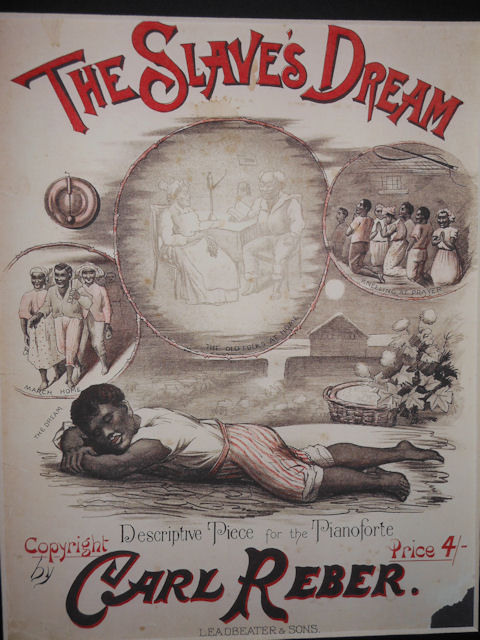The How Pleasant to know Mr. Lear central idea focuses on Mr. Lear’s strangeness that makes him both a lovable and a weird character. Mr. Lear’s strangeness comes a great deal from his hideous appearance. He has a rather ugly face with an abnormally big nose and an oversized beard. He has a strange-looking perfectly spherical body and wears an odd hat. However, there is a heart-rending melancholy side to his personality and life, which makes this strange character endearing to the readers. It is clear from the description provided by the poet that Mr. Lear is a misfit. But his out-of-the-box character traits make him lovable to some, despite repulsing a few. The conflicting attitude that the poet has towards Mr. Lear, citing both his positives and negatives, shapes the reader’s perception of this ambiguous character.
How Pleasant to Know Mr. Lear Analysis
In this How Pleasant to Know Mr. Lear analysis, we will engage with the text at a deeper level, unravelling its different facets and meaning.
How Pleasant to Know Mr. Lear as a Nonsense Poem
Edward Lear, a famous cartoonist, was also known for his limericks and nonsense verses. How Pleasant to Know Mr. Lear is a fine example of his nonsense verse. The whole poem is a collection of odd disjointed facts about this strange man, which is where the nonsense element of the poem comes from. Each fact about Mr. Lear’s personality and life that the poet shares with us, makes him a more and more curious character in our eyes. For starters, the appearance of Mr. Lear is quite absurd. Instead of calling him fat, Edward Lear gives his subject’s body a comical spin by calling it a perfect sphere. The hilarity of his appearance is furthered by abnormalities such as a large nose, an oversized wig, and an oddly-shaped hat. From his description, Mr. Lear appears to be a character straight out of one of Edward Lear’s comic, making him a perfect protagonist for a nonsense verse. The absurdity of the poem also comes from the randomness of the facts the poet reveals about Mr. Lear. The poet gives us a string of disjointed details about him such that he spends his days in a parlour with books and drinks marsala, and that he does not know Spanish and purchases pancakes, lotion, and chocolate shrimps for himself. These details instead of providing us with a concrete overview of Mr. Lear paint a nonsensical picture of him. To add to the absurdity of the poem, the poet even points out very obvious details about Mr. Lear, such that he has ears, eyes, and ten fingers – as if his very human body parts are something to marvel about.
How Pleasant to Know Mr. Lear as an Autobiographical Poem
A very popular interpretation of How Pleasant to Know Mr. Lear is that it is autobiographical, drawing heavily from the poet’s life. In fact, Edward Lear himself called this piece of his “Self-portrait of the Laureate of Nonsense”. Just like the Mr. Lear in the poem, even the poet had an oversized beard and a big nose. It seems that Mr. Lear has exaggerated the imperfections of his face, body, and appearance for comical appeal. It was known that Edward Lear suffered from bouts of depression, which he called the “morbids”. Reference to these depressive episodes of the poet have been made in the poem in the lines, “He weeps by the side of the ocean, He weeps on the top of the hill”. Edward Lear used to travel extensively to strange lands. This poem makes reference to his foreigner identity by portraying Mr. Lear as an Englishman who is found strange by people from a different country. It is interesting to note that the poet portrays himself in a strange light throughout the poem, calling himself “ill-tempered” and “queer” and providing absurd details about himself. This makes one wonder how much of this literary self-portrait is informed by Edward Lear’s perception of himself.
Poetic Structure
The poem How Pleasant to Know Mr. Lear is divided into eight stanzas of four lines each. The poem follows the rhyme scheme of ABAB, and has been written in iambic pentameter, which makes the poem read like a song. In the sixth stanza, the word nightgown has been broken down into two words, to fit the stanza into the ABAB rhyme scheme.
How Pleasant to Know Mr. Lear Theme
The most prominent How Pleasant to Know Mr. Lear themes include queerness and melancholia. We find a lot of contradictions in Mr. Lear’s character that make him rather strange. While many find his company pleasant, he is also viewed as an ill-tempered strange character. Mr. Lear’s strangeness comes a great deal from his physical appearance, with his rather comical spherical body shape, large nose, oversized beard, and his odd hat. He lives a strange life, writing, sitting in a parlour with books, and drinking marsala. The melancholy strain in Mr. Lear’s personality and life contributes to the other theme of the poem, which is melancholia. Mr. Lear, despite having many friends and a cat for company, goes through bouts of low spirits that he spends crying all by himself by the ocean and atop hills. It is probably through weeping that Mr. Lear releases some of the pain that he might carry in his heart for being a misfit.
How Pleasant to Know Mr. Lear Poetic Devices
How Pleasant to Know Mr. Lear is a straightforward poem that talks to readers in simple words, devoid of ornamentation. Hence, there are no poetic devices to be found in the poem, save for one metaphorical usage where the poet compares Mr. Lear’s beard to a wig.
Conclusion
How Pleasant to Know Mr. Lear is a comical nonsense poem that presents to us the interesting character of Mr. Lear. Mr. Lear is a strange-looking man who appears to be rather lonely, living a foreigner’s life as a misfit. However, it is the strangeness of Mr. Lear and his heart-rending susceptibility to weeping out of sadness that makes him an endearing character. The poem is autobiographical, drawing references from the poet Edward Lear’s appearance and life. This piece has been written in simple words in iambic pentameter, which gives it a catchy sing-song appeal. The humour in the poem and the wonderful literary self-portrait the poem presents has made this poem stay popular over years.
Some online learning platforms provide certifications, while others are designed to simply grow your skills in your personal and professional life. Including Masterclass and Coursera, here are our recommendations for the best online learning platforms you can sign up for today.
The 7 Best Online Learning Platforms of 2022
- Best Overall: Coursera
- Best for Niche Topics: Udemy
- Best for Creative Fields: Skillshare
- Best for Celebrity Lessons: MasterClass
- Best for STEM: EdX
- Best for Career Building: Udacity
- Best for Data Learning: Pluralsight















